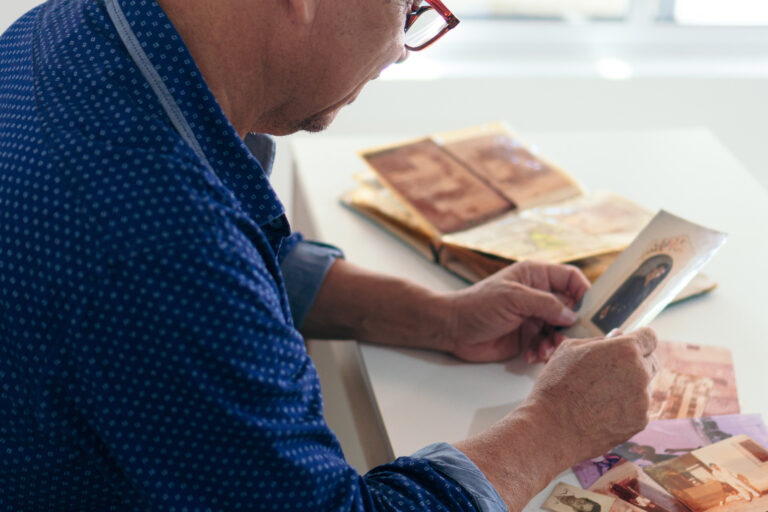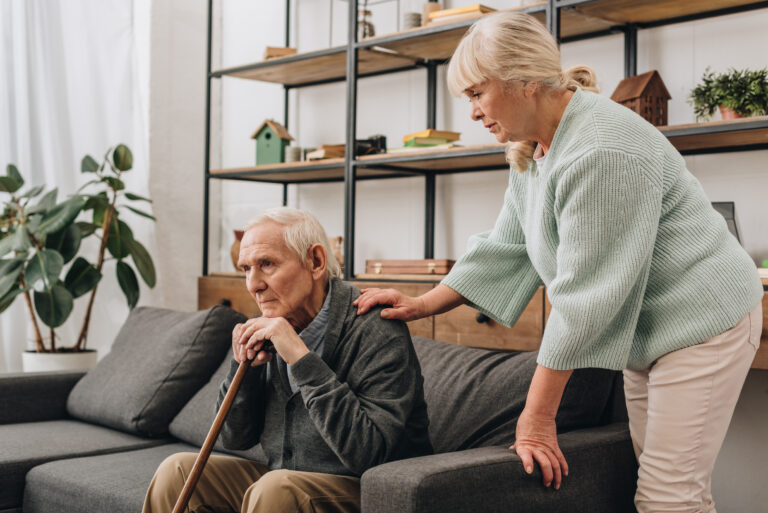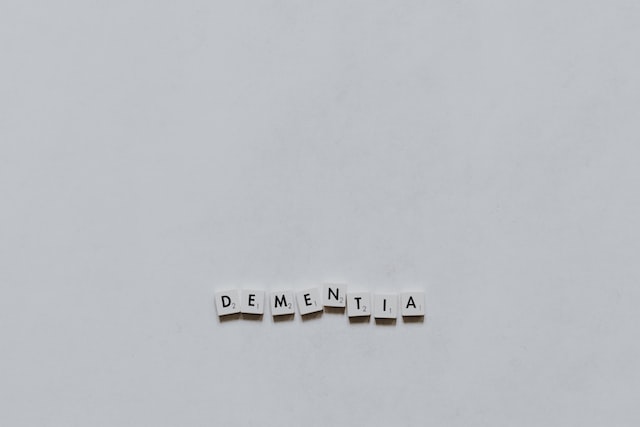Bathrooms are a basic necessity for everyone, a place to take care of our most private needs. It’s a space that often goes unnoticed, but what if I tell you there is a bathroom crisis that no one talks about? This issue affects millions of people around the world, yet it remains a taboo subject. It’s time to shed light on the bathroom crisis that no one talks about and understand its impact on individuals and society.
The bathroom crisis that no one talks about is the lack of safe and accessible bathrooms for individuals with disabilities. According to the World Health Organization (WHO), there are more than one billion people with disabilities in the world, and they face numerous barriers in their daily lives, including using public restrooms.
For individuals with disabilities, going to the bathroom can be a daunting and often impossible task. Many public restrooms are not designed to accommodate people with disabilities, making it difficult for them to use the facilities independently. This means that individuals with disabilities may have to rely on the help of others or simply avoid using public restrooms altogether, which can have serious consequences for their health and well-being.
One of the main issues is the lack of accessible bathroom facilities. Most standard restrooms are designed for able-bodied individuals, with stairs, narrow doorways, and small stalls that make it challenging for those with mobility impairments to access. The Americans with Disabilities Act (ADA) requires all public facilities to have accessible bathrooms, but unfortunately, this law is often not enforced or ignored.
In addition to physical barriers, there is also a lack of proper accommodations in public restrooms for individuals with other types of disabilities. For example, people with visual impairments may struggle to locate the restroom or read labels on products, while those with intellectual disabilities may have difficulty understanding how to use the facilities.
The consequences of not having safe and accessible bathrooms for individuals with disabilities are far-reaching. It not only affects their physical health but also has a significant impact on their mental well-being. The constant struggle to find suitable bathroom facilities can lead to feelings of shame, embarrassment, and isolation. It can also limit their participation in everyday activities, such as attending school or work, social events, and public outings.
Moreover, the lack of safe and accessible bathrooms perpetuates the stigma and discrimination towards individuals with disabilities. When they are unable to use public restrooms independently, they are often seen as a burden or inconvenience. This further marginalizes and excludes them from society.
The bathroom crisis also affects families and caregivers of individuals with disabilities. Caregivers often have to accompany their loved ones to the restroom, which can be physically demanding and emotionally taxing. For families, it means having to plan their activities around the availability of accessible bathrooms, limiting their freedom and affecting their quality of life.
So why is this bathroom crisis not being talked about? One of the main reasons is the stigma surrounding disabilities. People with disabilities are often invisible in society, and their needs and struggles are not given enough attention. It’s uncomfortable for many to discuss topics related to bathrooms and disabilities, but by not addressing this issue, we are perpetuating discrimination and exclusion.
It’s time for a change. We need to start talking about the bathroom crisis that no one talks about and take action to make public restrooms safe and accessible for everyone. This includes advocating for better enforcement of existing laws, designing new facilities with accessibility in mind, and educating the public on the importance of inclusive bathrooms.
Furthermore, businesses and establishments should also take responsibility for providing safe and accessible bathrooms. This not only benefits individuals with disabilities but also enhances their customer base as they become more inclusive and welcoming to all individuals.
In conclusion, the bathroom crisis that no one talks about is a serious issue that affects millions of individuals with disabilities. It’s time to break the silence and work towards creating a society where everyone, regardless of their abilities, can use public restrooms safely and independently. Let’s start the conversation and take action to make our bathrooms inclusive for all.





